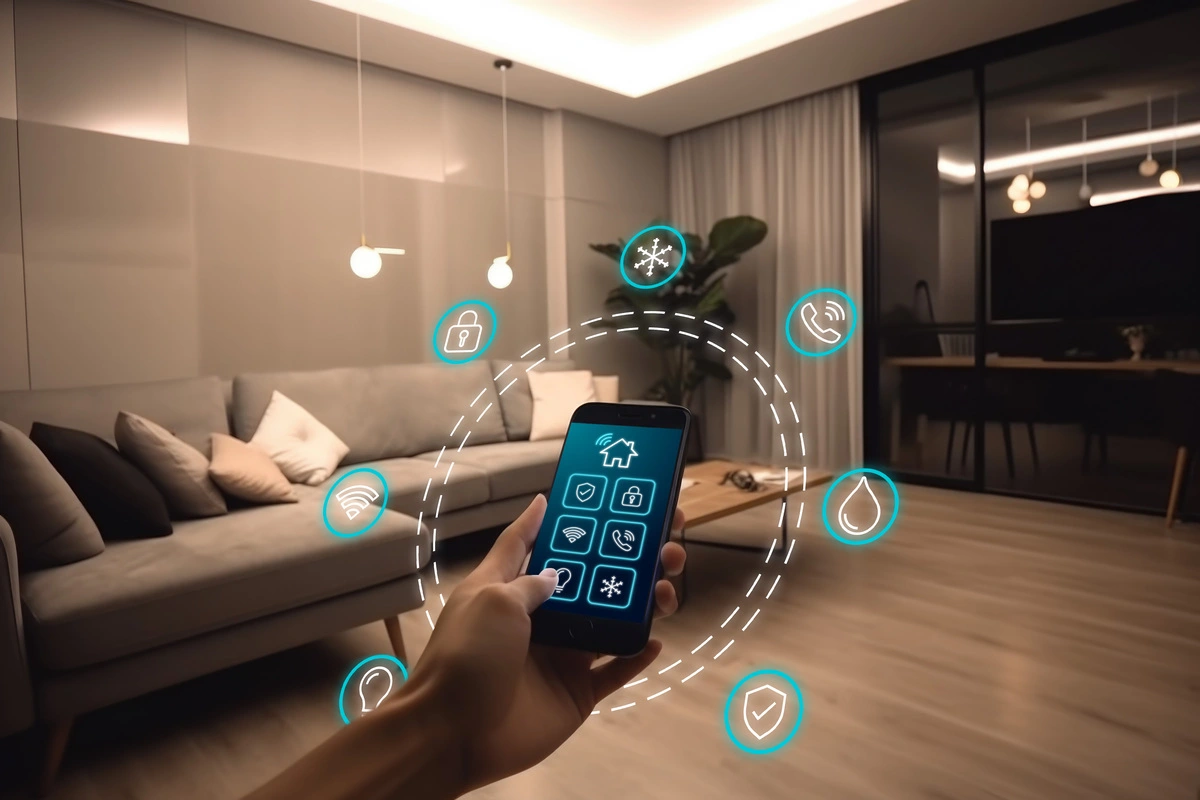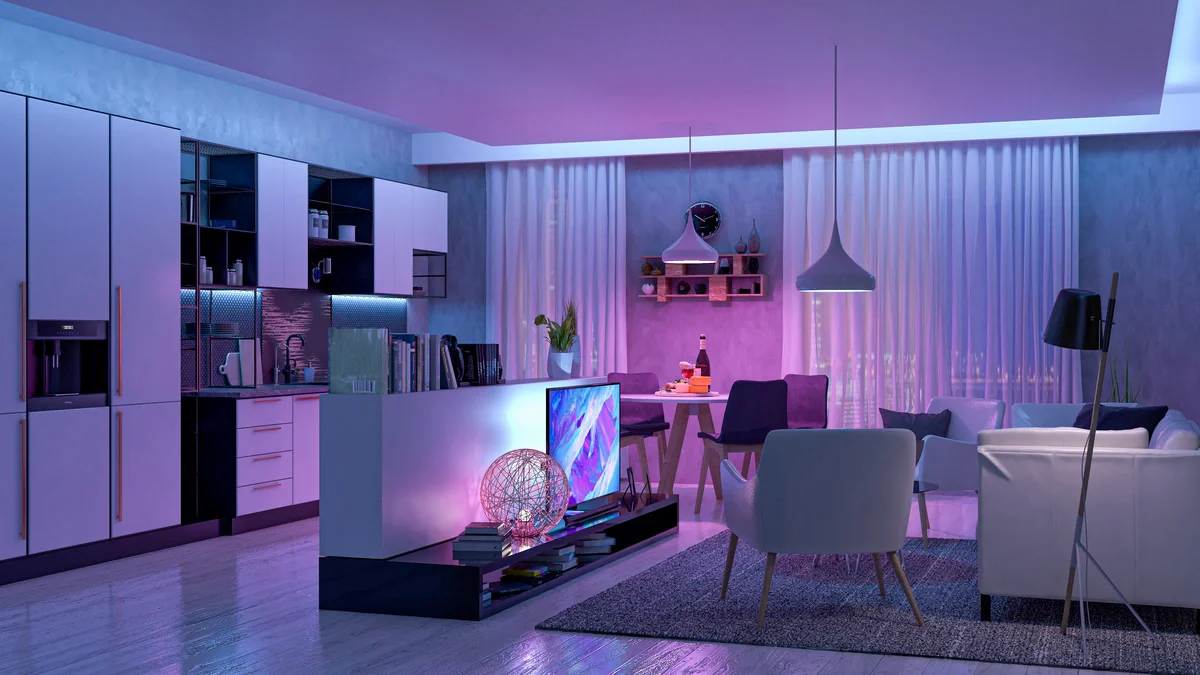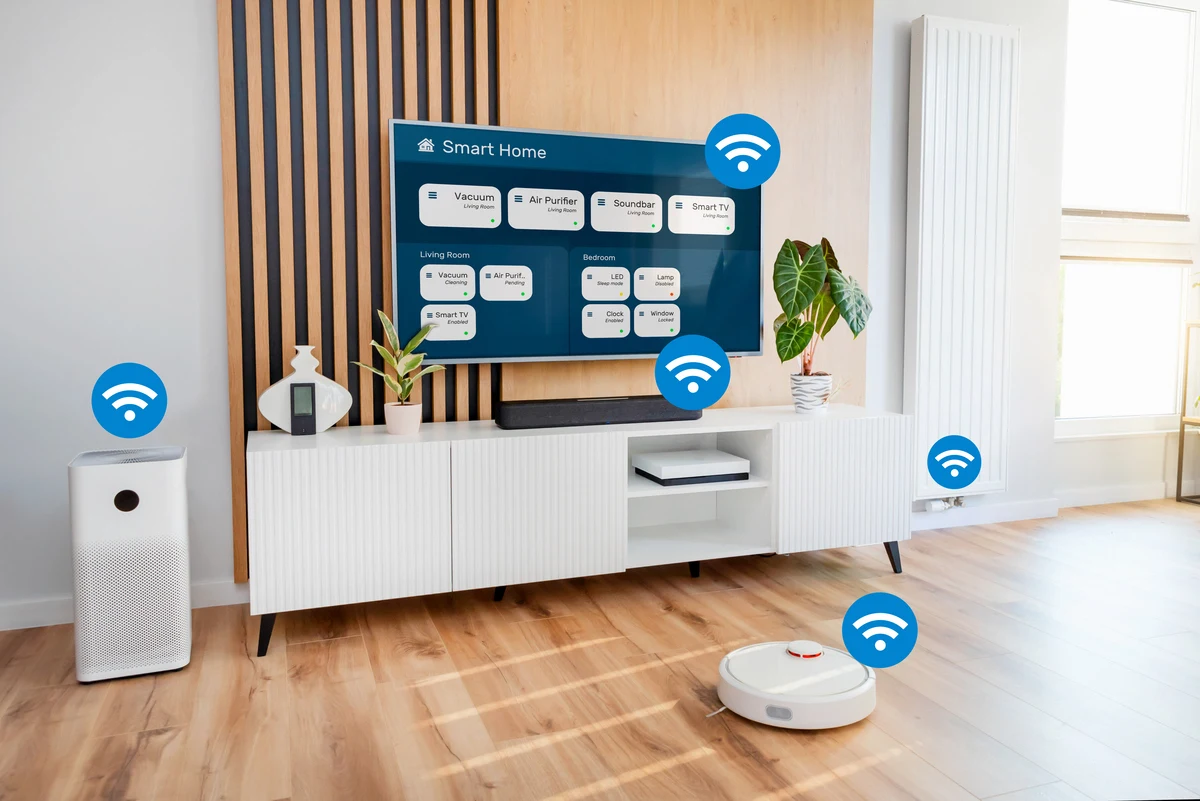Smart homes have evolved from a futuristic concept to a growing industry, with millions of homes already enjoying the benefits of home automation. Despite its widespread appeal, potential adopters have a common question: how much does it really cost to convert a normal home into a smart one?
In this comprehensive guide, we’ll look at the costs of converting your home into a smart haven, offer tips for building a smart home on a budget, and discuss the future of smart home affordability.

Understanding the Cost of Smart Home Technology
The term ‘smart home’ refers to the integration of various technologies within a home to create a centralized control system. This control can be operated remotely via smartphone or computer. The idea is appealing because it promises convenience, security, and energy efficiency, but getting to a fully automated smart home can be expensive.
Common Components and Price Points
When breaking down the costs, it’s crucial to look at the most popular smart home components:
Smart Thermostats: Smart Thermostat can adjust the temperature of your home while learning your heating and cooling habits, potentially saving you up to 12% on heating bills and 15% on cooling bills.
Smart Lighting Systems: It offers customizable lighting schemes that not only set the ambiance but also optimize energy usage.
Security Cameras: Smart cameras provide real-time monitoring with features such as motion detection and two-way audio.
Smart Appliances: Dishwashers, refrigerators, and even coffee makers with Wi-Fi connectivity that offer remote control and additional functionality.
Installation Costs: Often overlooked, professional installation can significantly add to your total bill.
These components are the foundation of a smart home setup, and they can cost anywhere from a few hundred to several thousand dollars, depending on the size of your home and your preferences.
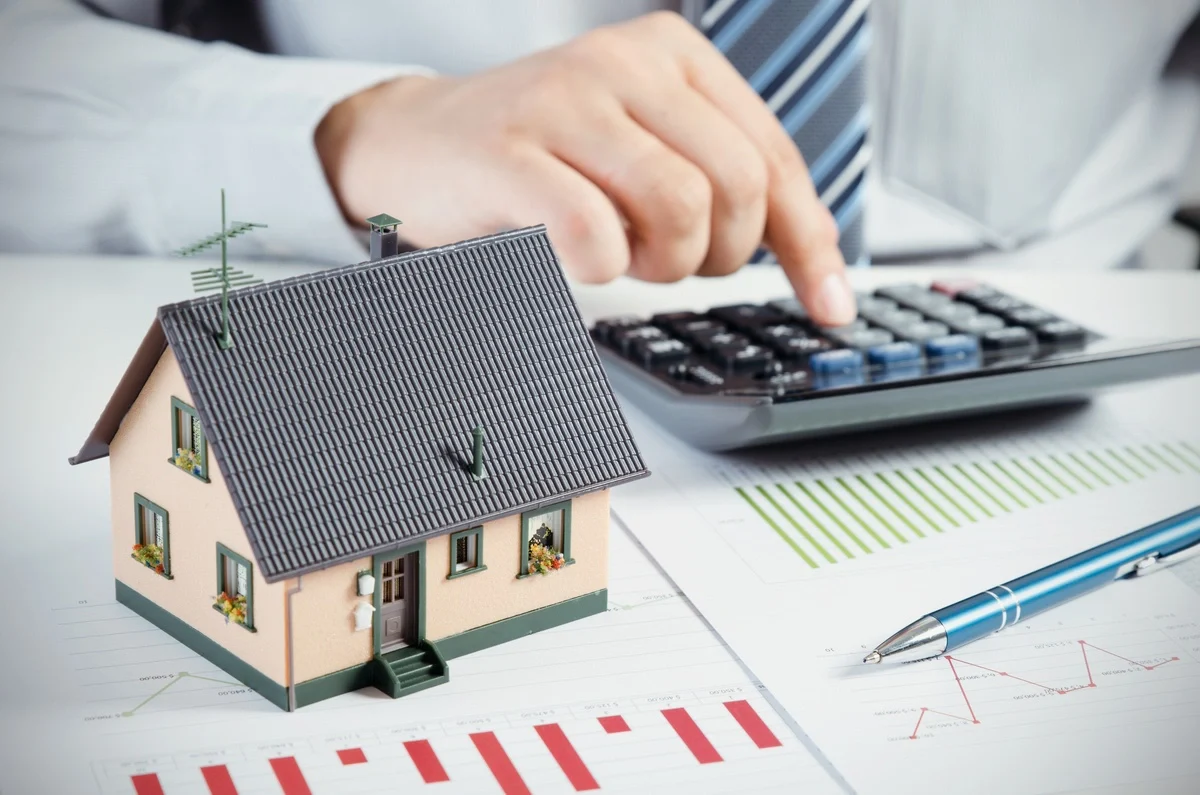
Factors That Influence Smart Home Expenses
Understanding the variables that contribute to smart home costs can help you make more informed decisions and potentially save money.
Brand and Feature Choices
The brand of technology you invest in can have a significant impact. Renowned brands frequently carry a higher price tag, but they also have a track record of dependability and ongoing customer support.
When it comes to features, the more advanced the technology, the higher the price tag. High definition smart cameras with night vision and cloud storage will cost more than a basic motion-sensor camera, for example.
Home Size and Complexity
Your smart home project will be more expensive as the number of rooms and devices increases. Similarly, the more complex customizations you want—such as personalized settings for different family members—the more expensive the system will become.
DIY vs. Professional Installation
Installation costs can be a significant portion of the budget. While it may appear cheaper to do it yourself, complex systems may necessitate professional assistance. Balance your comfort level with technology against the possibility of errors that could result in additional costs in the long run.

Smart Home on a Budget: Cost-Saving Integration Tips
Installing a smart home system does not have to be expensive. Here are some ways to make the transition more cost-effective:
Seek Out Bundles and Subscriptions
Many companies offer package deals for multiple smart home devices, reducing the individual cost. Additionally, some services, like cloud storage for security cameras, are more affordable when subscribed to a bundled service plan.
Prioritize Essential Devices
Start with the essentials that provide the most tangible benefits. Smart thermostats and energy-efficient lighting, for example, can offer immediate savings on utility bills, which can help justify the initial expenses.
Consider Self-Installation
For tech-savvy homeowners, self-installation can save a good chunk of change. Many smart devices are designed for easy installation, and there are countless tutorials available online.
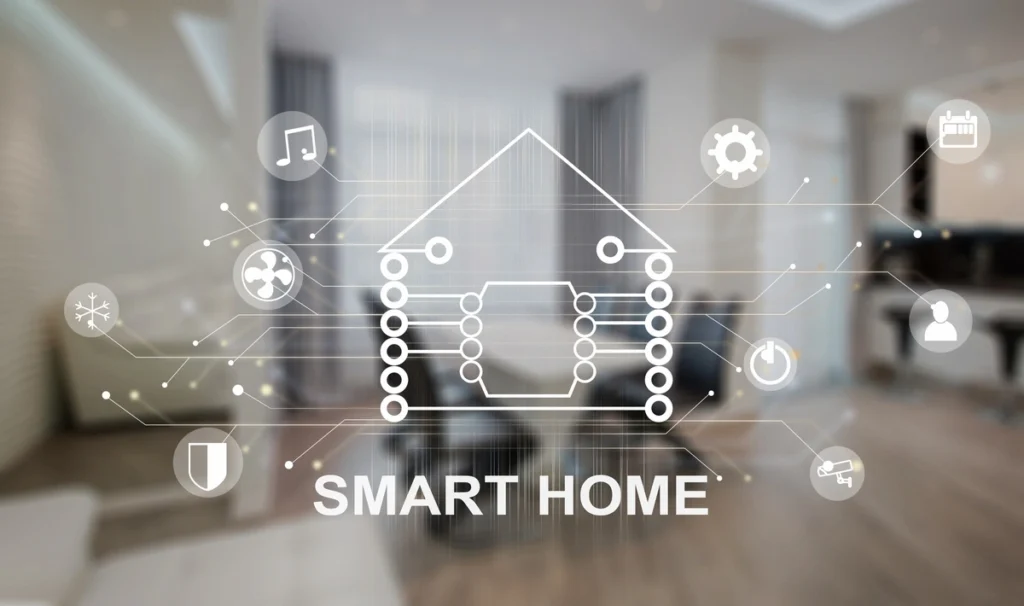
The Future of Smart Home Affordability
While the initial costs of smart home technology can be costly, the industry is moving toward more affordable price points. Increased competition and manufacturing advancements are resulting in more affordable options that don’t sacrifice quality or features.
Affordability Improvements
We anticipate that smart home technology will continue to become more affordable without compromising on performance. Manufacturers are finding ways to produce components at lower costs, passing on the savings to consumers.
Integration with IoT and AI
The growing use of the Internet of Things (IoT) and artificial intelligence (AI) is making smart home systems more intelligent and capable, potentially streamlining functionality and lowering the number of devices required.
The decision to integrate smart technology into your home is a personal one, influenced by your budget, lifestyle, and home environment. By considering the factors mentioned and implementing our cost-saving tips, you can make a smart home not only a reality but an economically viable and gratifying investment.
The cost of a smart home is not only measured in dollars but in the value it adds to your daily life. With thoughtful planning and strategic spending, the benefits of smart technology can outweigh the initial expenses, offering a future-proof home that keeps up with the fast-paced advances in modern living.
